What is Moroccan marriage?
The Moroccan marriage consists of a nuptial ceremony. They celebrate it according to ancestral rites and customs, in the respect of Moroccan traditions. As Morocco is a country of Muslim traditions, the celebration of marriage also respects the precepts of Islam. Thus, the young bride who has preserved herself is honored throughout the various nuptial rites. That may take place over three days or even a week. Depending on the social position and wealth of the families from which the newlyweds come.
Moroccan marriage is distinguished by its splendor. It is closely linked to ancestral traditions that honor the beauty and purity of the bride-to-be as well as the unity of the two families. Which are also united through the marriage of the two young men. Moroccans can celebrate a Marriage on ancestral lands. In Morocco, but also abroad, when the two future spouses (or one of them) have a Moroccan origin. Indeed, despite the westernization of morals, many young people in the Moroccan diaspora continue to show their attachment to ancestral traditions. Also, continuing to celebrate their marriage according to Moroccan traditions. In one day, the organize and modernize everything. The marriage is celebrated by the accomplishment of all the nuptial rituals.
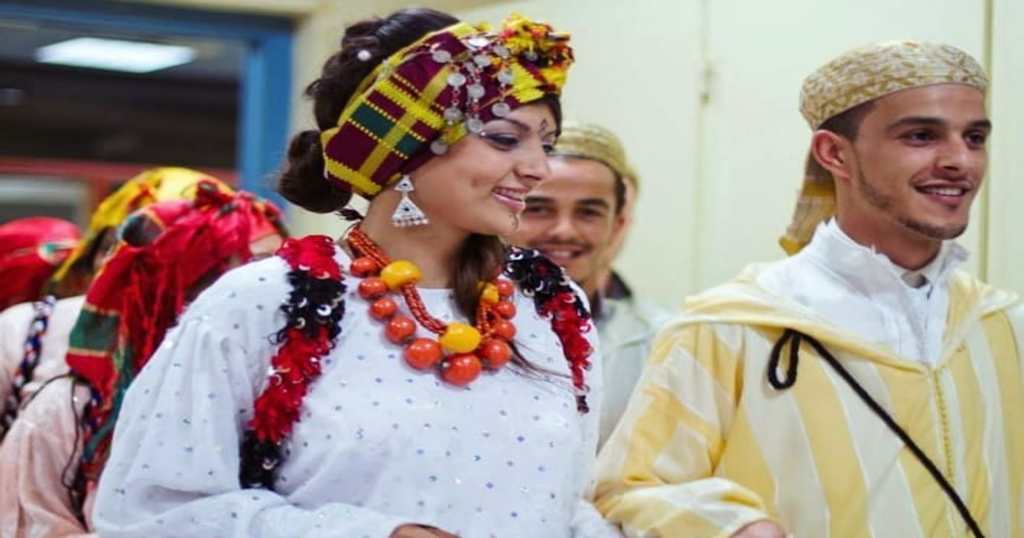
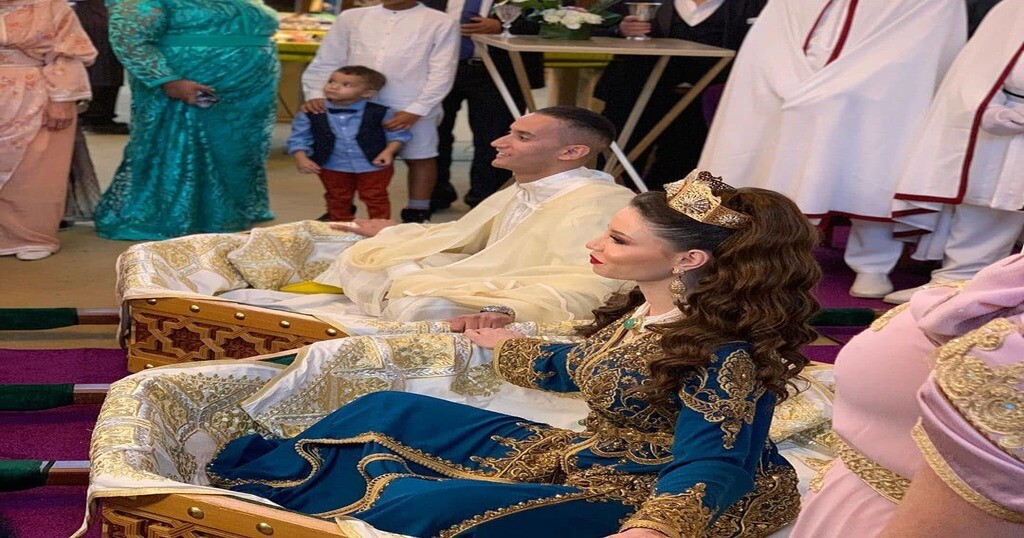
Moroccan marriage traditions:
The celebration of Moroccan marriage has many variations, due to the diversity of traditions. Depending on the region. However, the principle remains the same. It is important to respect the stages of the ceremonies, so that the new home, founded by the newlyweds, is a good omen.
Tradition dictates that the groom’s family asks for the bride’s hand in marriage to the girl’s family, and then the two families begin to discuss the amount of the bride’s dowry, the date, and the cost of the ceremonies. During the engagement, the bridegroom offers his bridegroom jewelry and sumptuous clothes. Further, the payment of the dowry marks the end of the engagement and begins the wedding festivities.
It is traditional for the bride to wear up to seven different outfits, representing the seven regions of Morocco :
- Green and gold caftan for the henna ceremony.
- White Takeshita which symbolizes purity.
- Fassiya of Fez.
- R’batia of Rabat, often blue in color.
- Moroccan Sahara.
- Soussia, Berber outfit from Souss.
- Mejdoub, or what they call the golden caftan, as well as the white dress, which was worn at the civil wedding.
That’s why it takes a Negafa, or even a team of Negafates, to take care of the bride’s outfits. They also make sure that they respect traditions, customs, and habits.
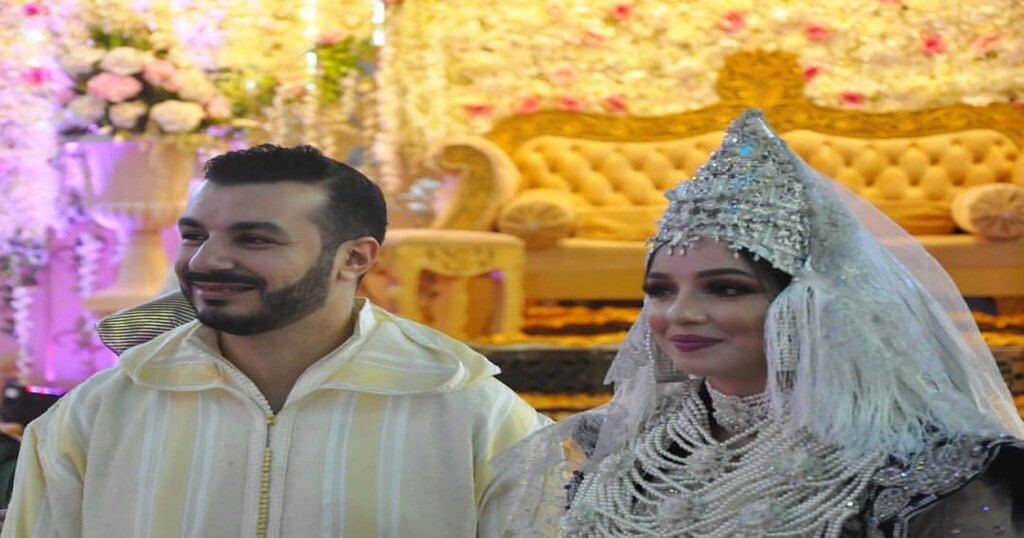
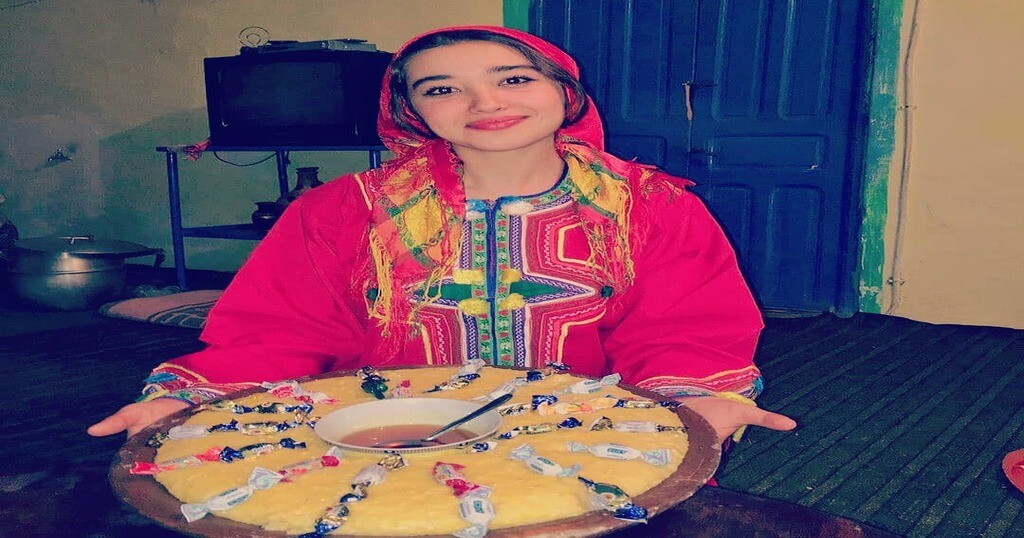
The different stages of the marriage:
The engagement:
Engagement, which is an integral part of Moroccan marriage preparations, begins once the parents of the bride-to-be have given their consent to the marriage. The engagement is pronounced at the end of the talks between the two families. During which the dowry and the budget for the wedding ceremony are determined. Also, during the Khotba period, which ends with the payment of the bride’s dowry. The bridegroom covers his bride-to-be with gifts, mainly jewelry and clothing.
The first ceremony, the Al kaghet:
Al kaghet is the ceremony that seals the lives of the future spouses. In the presence of a select committee, consisting of the closest relatives, the bride and groom sign the marriage certificate in the presence of an Adel or Adoul, the notary public under Muslim law.
Negafa’s fitting:
Remember that the bride, the future queen of the evening. On the D-Day, she must wear up to 7 different outfits, each as sumptuous as the next. They must fit her perfectly. That’s why trying on the bride’s dresses at the negafa is one of the essential steps in the preparations for the Moroccan marriage. In addition, you must also agree on the decoration of the party room. Choose the throne where the bride and groom will sit, think about the Amariya and the wearers’ outfits. As a final point, choose the dominant colors of the party room.
The hammam ceremony:
A few days before D-Day, the bride, accompanied by the female members of her family and possibly those of her future in-laws, goes to the hammam for the milk bath ceremony. This is a purification ritual for the bride-to-be. A joyful moment, where everyone is celebrating with traditional songs and dances.
The Henna Ceremony:
Following the milk bath in the hammam and always surrounded by her close relatives: mothers, aunts, cousins, close friends, the bride puts on the green and gold caftan for the henna ceremony. During this ritual, henna tattoo designs are for her hands and feet, supposed to chase away the evil eye. The designs applied during the henna ceremony represent fertility and marital happiness. At the end of this ceremony, the bride changes from a young girl to a married woman. The henna ceremony, a must in Moroccan marriage. Usually accompanied by a dinner during which the in-laws offer gifts to the bride. From, sugar, milk, caftans, in addition to the gifts on the wedding list. This is the Hdiyya(G-day).
The wedding day:
After the ceremony at the town hall, the real Moroccan marriage usually begins in the early evening, around 9 p.m. There, they serve mint tea and pastries. Then, the bride and groom, each wearing an Amariya, make their first appearance. While the wedding ceremony is in full swing, thanks to a feast of oriental delights, the bride, supervised by the Negafa, will slip away several times to change her outfit. After the wedding ceremony, the two families reunite at the groom’s parents’ home and share a hearty meal. This is the first meal for the newlyweds, as Aariss and Aaroussa, husband and wife.
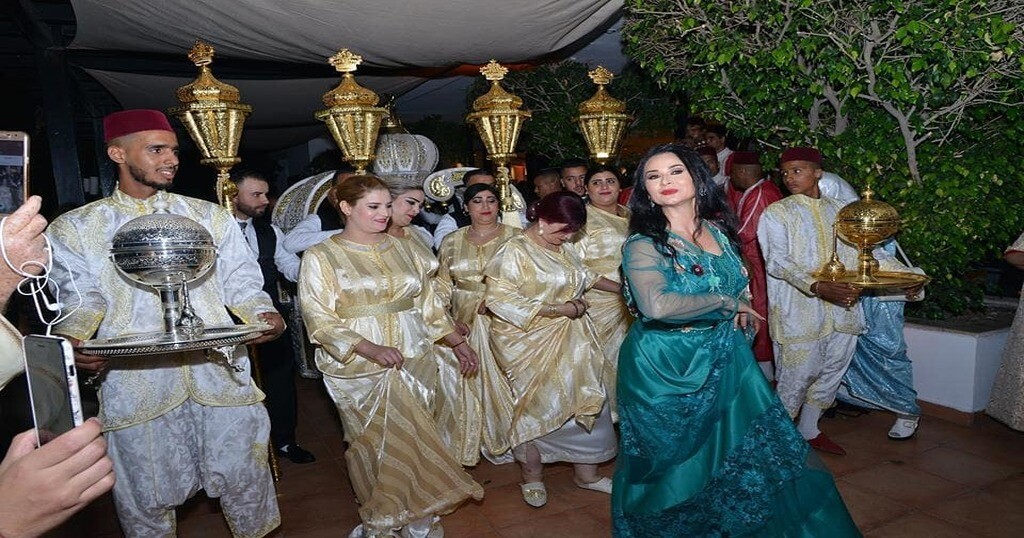
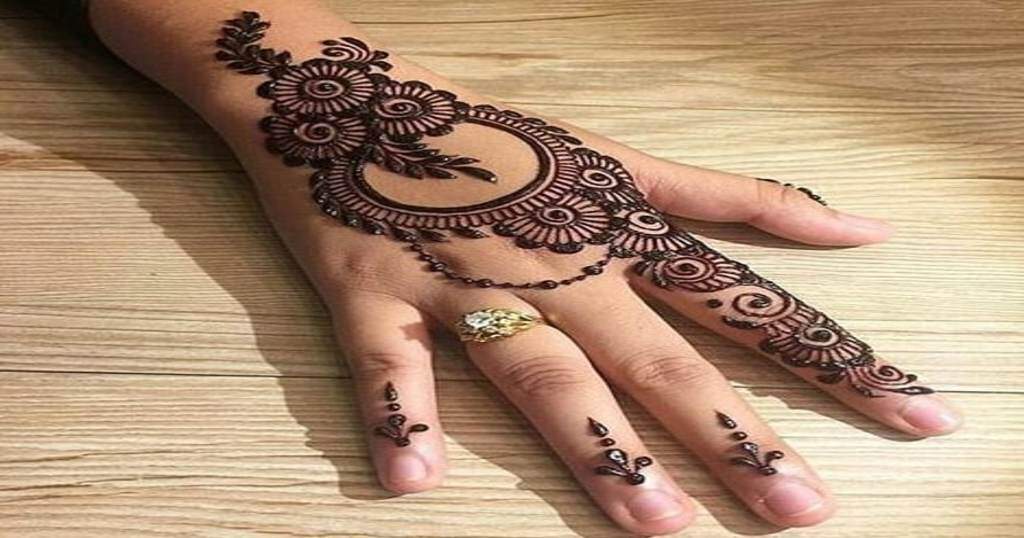

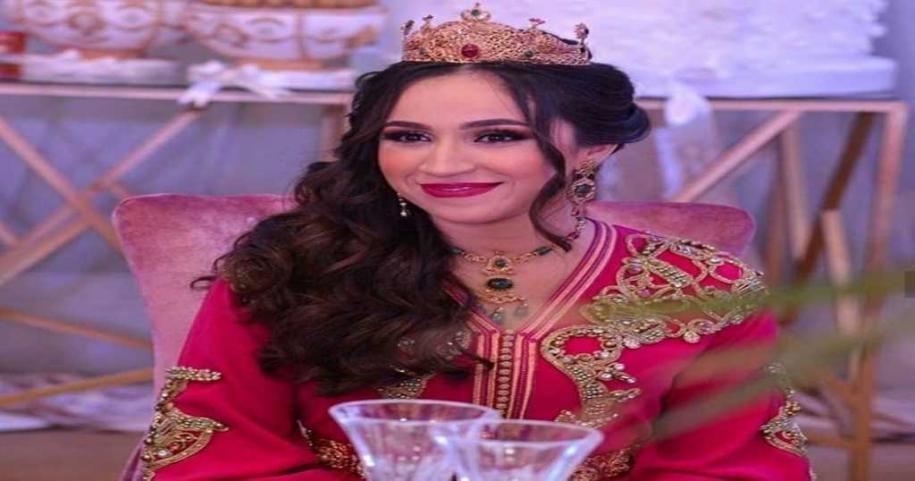
Leave a Reply